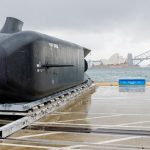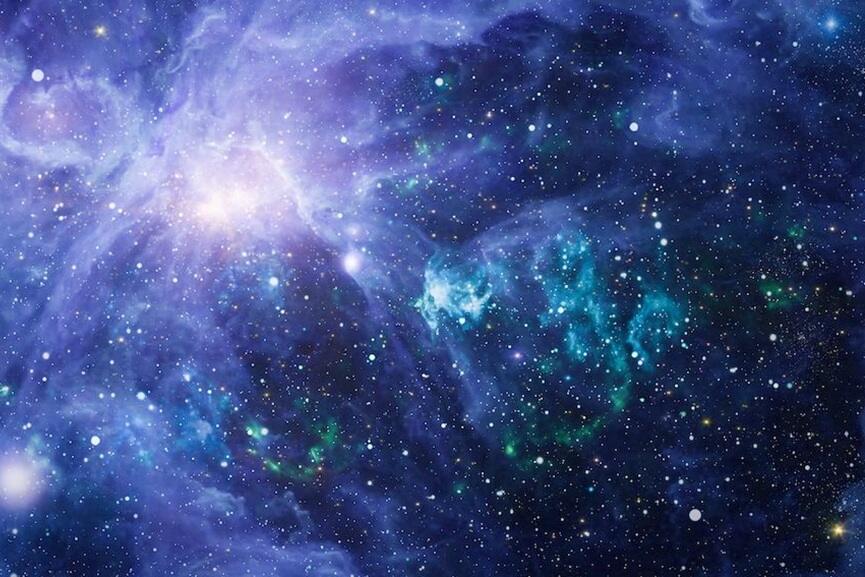Tokyo: Japan marked another milestone in its space programme with the successful launch of its new flagship H3 rocket, carrying an unmanned cargo spacecraft on its first mission to the International Space Station (ISS).
The Japan Aerospace Exploration Agency (JAXA) confirmed that the HTV-X1 cargo spacecraft lifted off aboard the No. 7 H3 rocket from the Tanegashima Space Centre in southern Japan. The launch vehicle placed the spacecraft into its planned orbit, completing a crucial step in the mission.
If all proceeds as scheduled, the HTV-X1 is expected to reach the ISS within a few days. Japanese astronaut Kimiya Yui, currently stationed aboard the orbiting laboratory, will capture the approaching craft using the station’s robotic arm in the early hours of Thursday.
The HTV-X is the successor to JAXA’s previous cargo vehicle, the H-II Transfer Vehicle (HTV), also known as Kounotori, which translates to “stork” in Japanese. Between 2009 and 2020, Kounotori completed nine resupply missions to the ISS.
◤ ◥
H3ロケット7号機
打上げ成功!✨
◣ ◢H3ロケット7号機を本日9時00分15秒に種子島宇宙センターから打ち上げました 🚀
大迫力の24形態の初打上げはいかがでしたでしょうか?🔥✨
あたたかいご声援ありがとうございました!☺️#GoH3F7#GoHTVX1 pic.twitter.com/78Ns3XcnXF— JAXA種子島宇宙センター (@tnsc_JAXA) October 26, 2025
The newly developed HTV-X has been designed for greater efficiency and capacity. It can carry larger payloads and supply power during transit, allowing it to transport temperature-sensitive items such as biological samples and research materials.
The craft can remain docked to the ISS for up to six months, delivering supplies and retrieving waste before performing additional technical missions in orbit for another three months after undocking.
The H3 rocket now takes over from Japan’s long-serving H-2A rocket, which completed its final flight in June. Developed as a more affordable and reliable model, the H3 aims to enhance Japan’s competitiveness in the global space transport market.
The launch marks the latest success in a series of H3 missions following an initial failure in 2023. Since then, the rocket has achieved six consecutive successful flights, strengthening Japan’s confidence in its next-generation launch system.


























